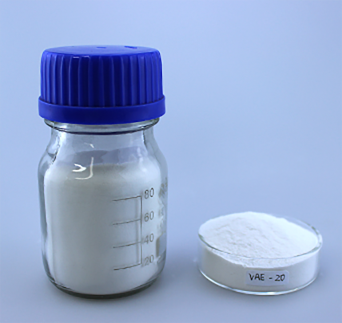
Nov . 22, 2024 02:00 Back to list
hec vs hpmc
Exploring the Differences Between HEC and HPMC in Pharmaceutical Applications
In the field of pharmaceuticals, excipients play a crucial role in formulating medications that are effective, stable, and safe for consumption. Two widely used excipients are Hydroxyethyl Cellulose (HEC) and Hydroxypropyl Methylcellulose (HPMC). While both are cellulose derivatives, they possess distinct properties and functionalities that make them suitable for different applications in drug formulations. This article delves into the differences between HEC and HPMC, highlighting their chemical structures, physical properties, and functional applications in the pharmaceutical industry.
Chemical Structure and Properties
HEC and HPMC differ primarily in their chemical structure. HEC is derived from cellulose by the addition of ethylene oxide, which introduces hydroxyethyl groups into the cellulose backbone. This modification increases the solubility of HEC in water, making it useful for various applications, particularly where a thickening agent is needed. The degree of substitution (i.e., the number of hydroxyl groups modified) influences its viscosity and solubility characteristics.
Conversely, HPMC is modified by the introduction of both hydroxypropyl and methyl groups into the cellulose structure. This dual modification alters its solubility and swelling properties, enabling HPMC to dissolve in both cold and hot water. The interactions between these substituents contribute to HPMC's unique characteristics, such as film-forming abilities and controlled release properties, making it a versatile excipient for different dosage forms.
Viscosity and Solubility
One of the critical differences between HEC and HPMC is their viscosity behavior. HEC typically offers higher viscosity at lower concentrations than HPMC, making it an ideal choice for applications that require significant thickening. For example, HEC is often employed in topical formulations due to its superior viscosity performance, providing desired consistency and spreadability.
hec vs hpmc

On the other hand, HPMC has a more versatile viscosity profile, which can be fine-tuned by adjusting the degree of substitution and molecular weight. This flexibility allows formulators to create products ranging from low to high viscosity, accommodating a broad spectrum of formulation requirements. Additionally, HPMC's ability to form gels in the presence of water makes it a preferred excipient in controlled-release formulations, where it can modulate the release rate of the drug over time.
Functional Applications in Pharmaceuticals
Both HEC and HPMC serve various roles in pharmaceutical formulations, albeit in different capacities. HEC is frequently used as a thickening and stabilizing agent in formulations such as creams, gels, and suspensions. Its ability to create a viscous medium helps maintain product homogeneity and enhances the sensory experience for topical products.
HPMC, with its film-forming capabilities and controlled-release properties, is commonly employed in the formulation of tablets, capsules, and controlled-release dosage forms. It helps in sustaining the drug release, improving bioavailability, and enhancing the stability of the formulation. HPMC is also used in the coating of tablets, providing a protective barrier that can enhance the stability and palatability of the drug.
Conclusion
In summary, while HEC and HPMC are both cellulose derivatives utilized as excipients in the pharmaceutical industry, their unique properties and functional applications set them apart. HEC is predominantly valued for its thickening capabilities, whereas HPMC offers versatility in viscosity and controlled-release functionalities. Understanding the differences between these two excipients ensures formulators can select the most appropriate one based on the specific requirements of their pharmaceutical products. By leveraging the attributes of HEC and HPMC, pharmaceutical scientists can optimize drug formulations to enhance efficacy, stability, and patient compliance.
-
Versatile Hpmc Uses in Different Industries
NewsJun.19,2025
-
Redispersible Powder's Role in Enhancing Durability of Construction Products
NewsJun.19,2025
-
Hydroxyethyl Cellulose Applications Driving Green Industrial Processes
NewsJun.19,2025
-
Exploring Different Redispersible Polymer Powder
NewsJun.19,2025
-
Choosing the Right Mortar Bonding Agent
NewsJun.19,2025
-
Applications and Significance of China Hpmc in Modern Industries
NewsJun.19,2025







